Tori Sikkema
Creating visual stories for distinguished architects and designers—from intentional photography to strategic PR support.
WORK WITH ME
right this way
The Power of Editorial Composition: How a Strong Portrait Can Elevate Your Design Work and Capture Editors’ Attention
Tori Sikkema, Architectural Digest-Approved Interior | Architectural Photographer

Designer, Nicole Forina Home, Photography by Tori Sikkema Photography
What Is Editorial Composition?
Editorial composition is the art of creating imagery that tells a story, engages the viewer, and elevates the subject beyond its visual appeal. Unlike standard design photography, editorial photography focuses on balance, intentional framing, and a narrative that resonates with audiences. This approach makes the work more compelling for publications, as it seamlessly blends artistry and functionality. Let’s explore these principles of editorial composition with Nicole Forina.
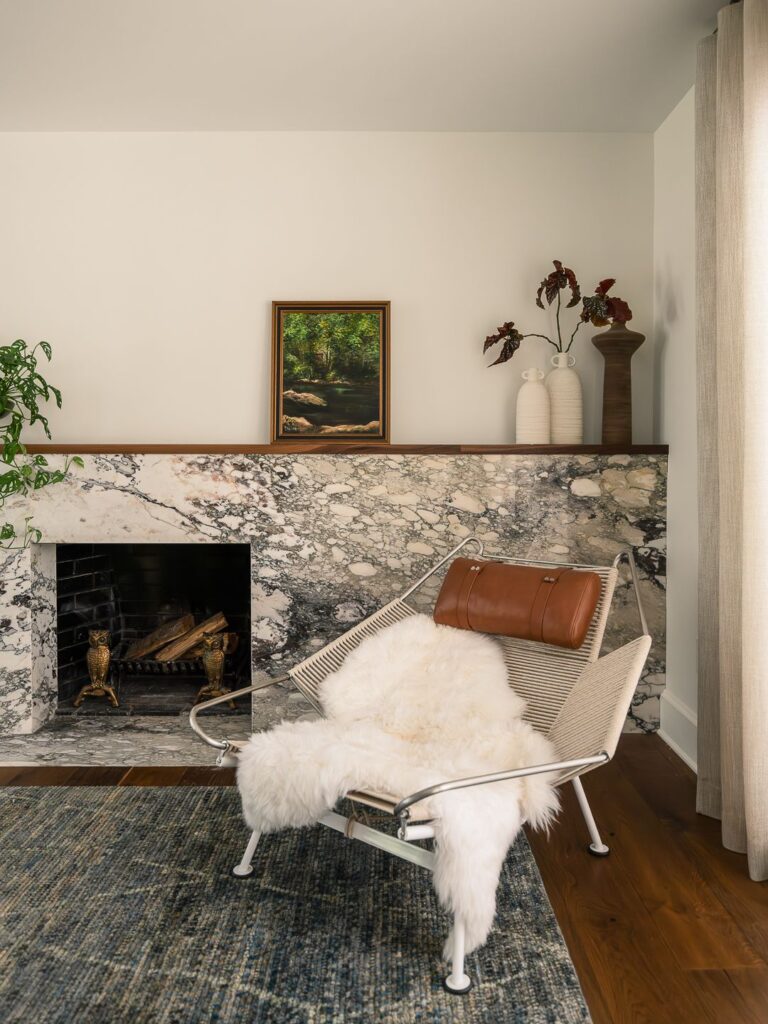
Designer, Nicole Forina Home, Photography by Tori Sikkema Photography
Balance and Symmetry
A head-on perspective emphasizes the relationship between the chair and the fireplace, with the fireplace as the natural focal point. Positioning the chair slightly off-center adds visual interest while maintaining a harmonious composition.
Storytelling Through Styling
Styling plays a critical role in conveying a narrative. For this shot, adding a cozy throw draped over the chair or an open book on the seat invites the viewer to envision themselves in the space, evoking warmth and intimacy.
Lighting
Lighting enhances textures and materials, bringing life to the scene. Natural light streaming across the chair highlights the fabric’s softness, while shadows on the fireplace add depth. Soft, diffused light maintains a cozy, inviting tone.
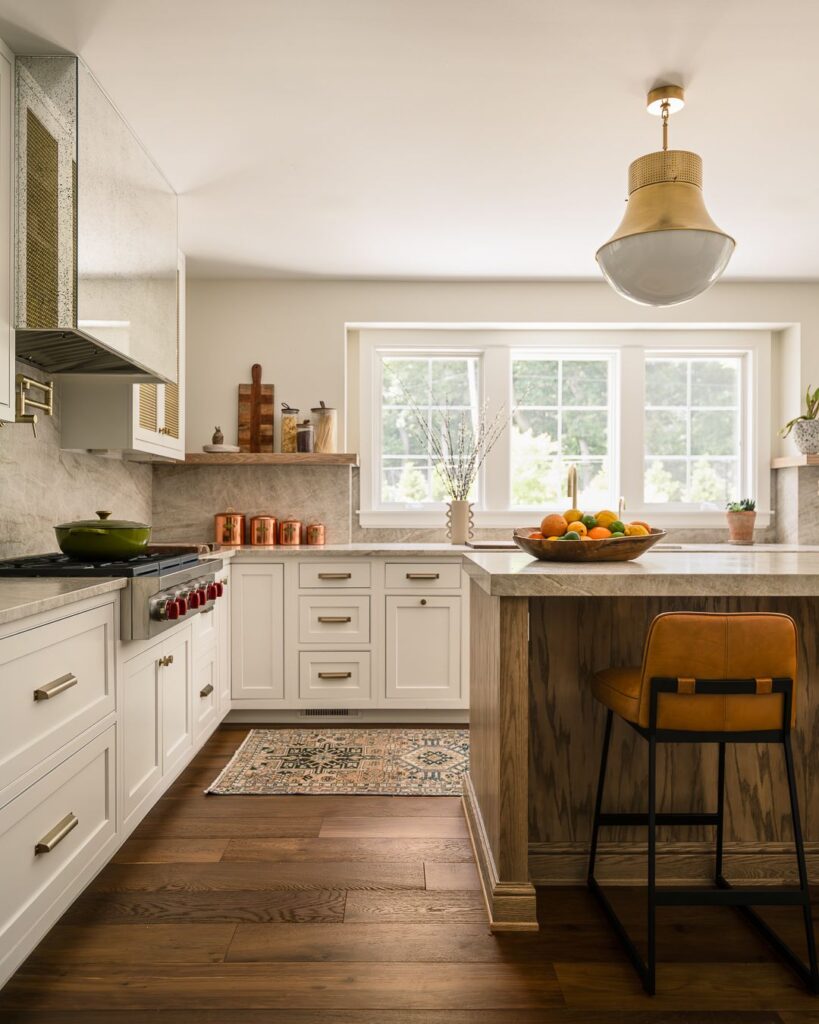
Designer, Nicole Forina Home, Photography by Tori Sikkema Photography
How Editorial Composition Differs From Typical Design Photography
Typical design photography often documents a space as is—focusing on the overall structure and layout. Editorial photography, by contrast, highlights the emotional connection between the viewer and the space.
- Storytelling: Editorial photography focuses on crafting a narrative, inviting the audience to experience the space as a moment in time.
- Intention: Every detail is curated, from the angle of the shot to the placement of decor, to create a visually stunning image with purpose.
- Artistic Framing: Editorial shots often incorporate balance, symmetry, and layering to create a composition that feels like a work of art.
This difference is what makes editorial photography irresistible to editors—it captures not just the design but also the lifestyle it represents.
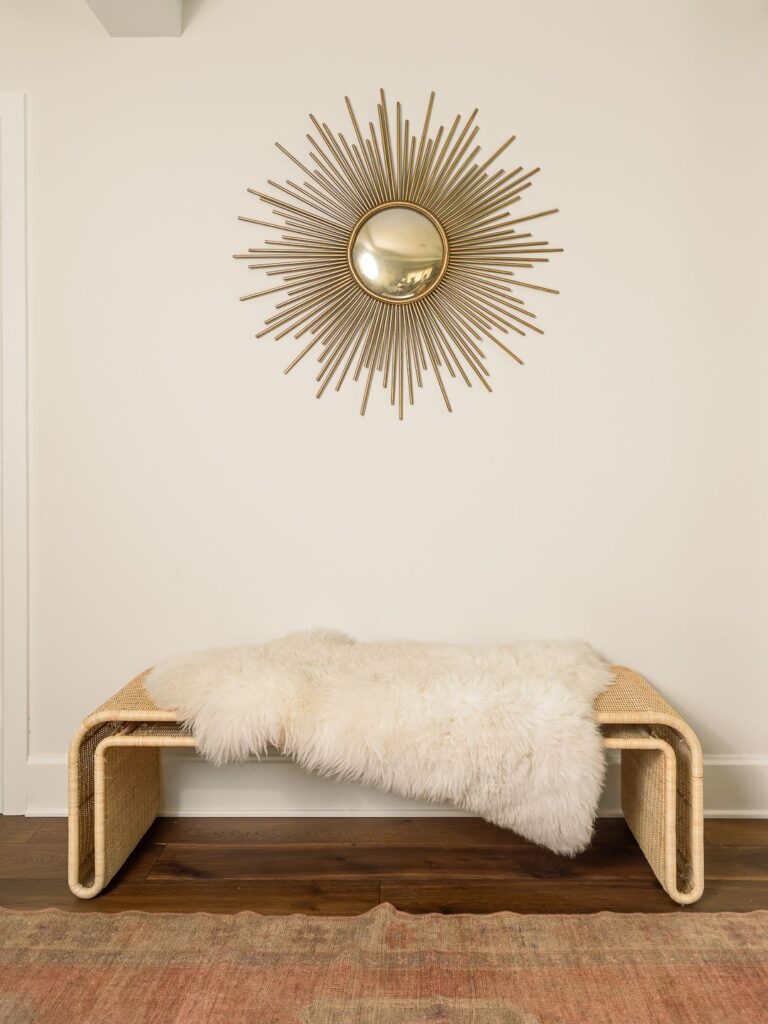
Designer, Nicole Forina Home, Photography by Tori Sikkema Photography
The Importance of a Strong Editorial Portrait
A well-composed editorial portrait of the designer is a powerful tool for personalizing a brand. Here’s why:
- Storytelling and Connection
An editorial portrait styled in the designer’s creative environment brings the brand to life, offering a glimpse into their personality and vision. This personal touch builds an emotional connection with clients and readers alike. - Editorial Appeal
Editors prioritize imagery that tells a story. A portrait that shows the designer surrounded by their tools, sketches, or finished projects is more likely to resonate with publications. It positions the designer not just as a professional but as an artist with a distinct point of view.
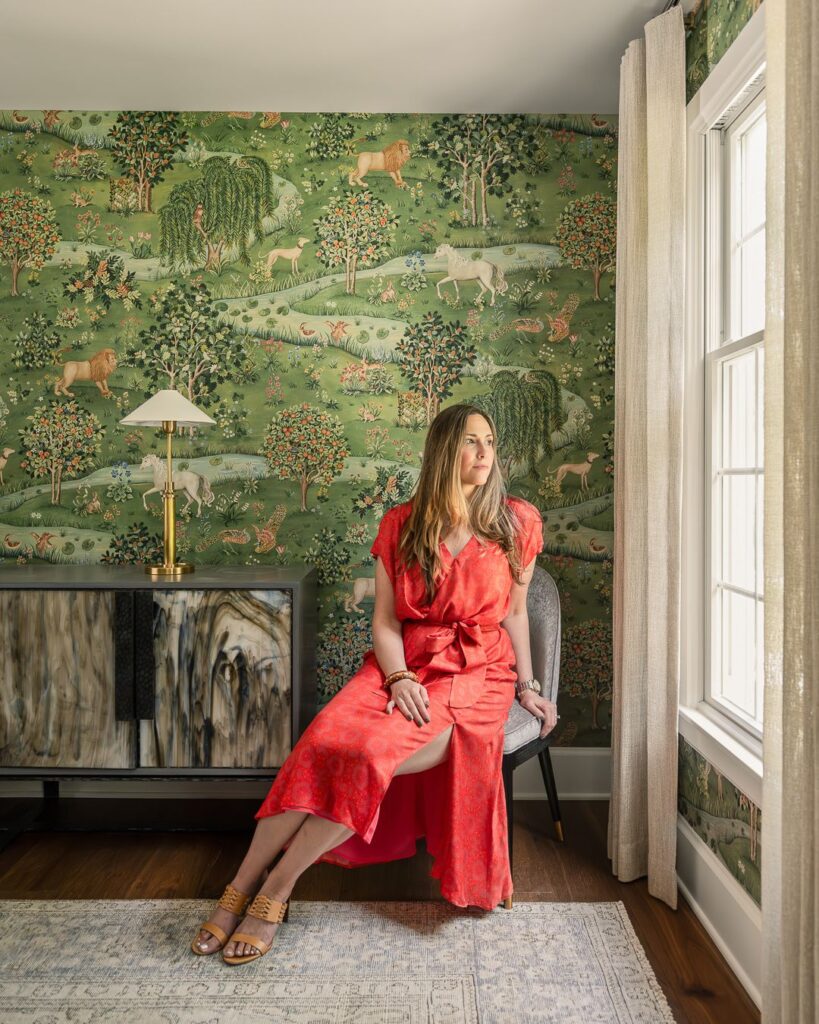
Designer, Nicole Forina Home, Photography by Tori Sikkema Photography
Your work deserves to stand out—and the right photography can make all the difference. Whether it’s showcasing a project or creating a signature portrait, editorial photography captures the artistry and emotion behind your designs. Let’s elevate your design work together. Contact Tori Sikkema Photography to create timeless imagery that captivates editors and clients alike.

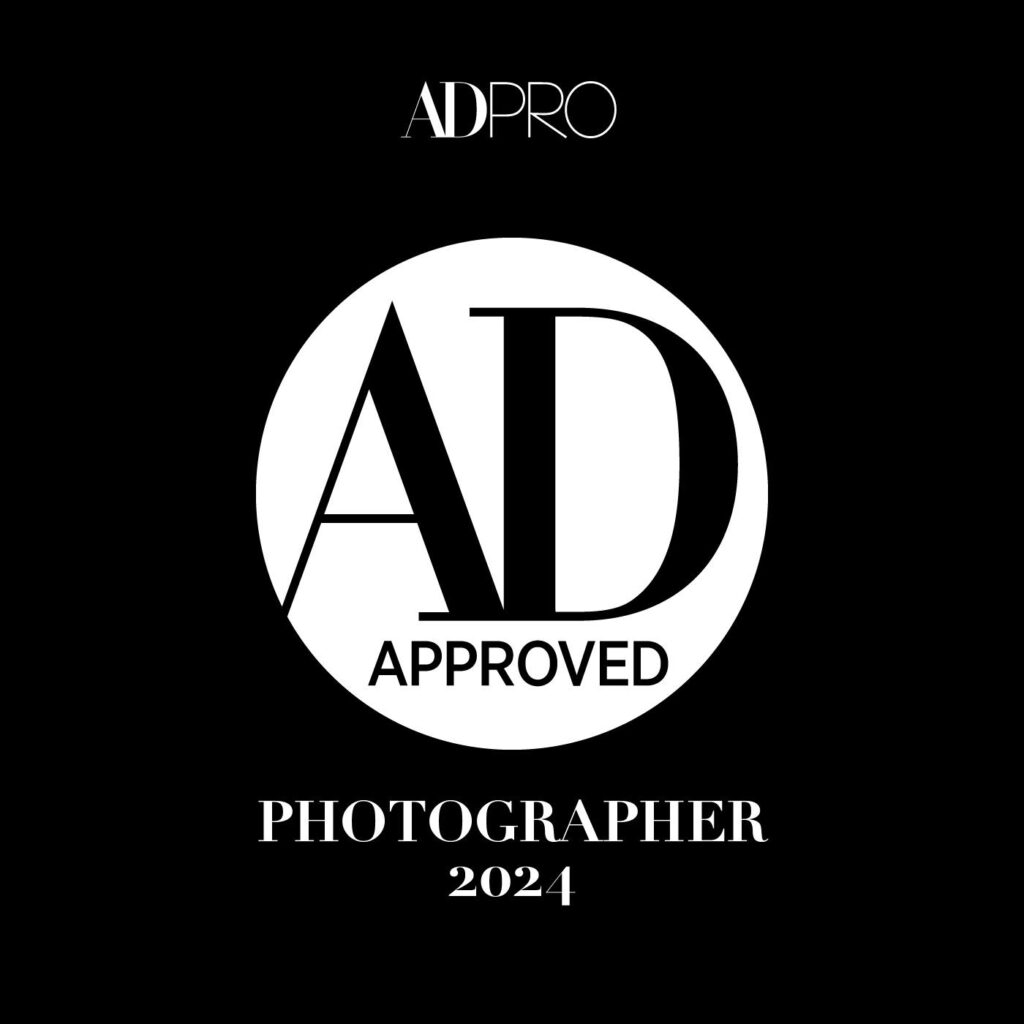
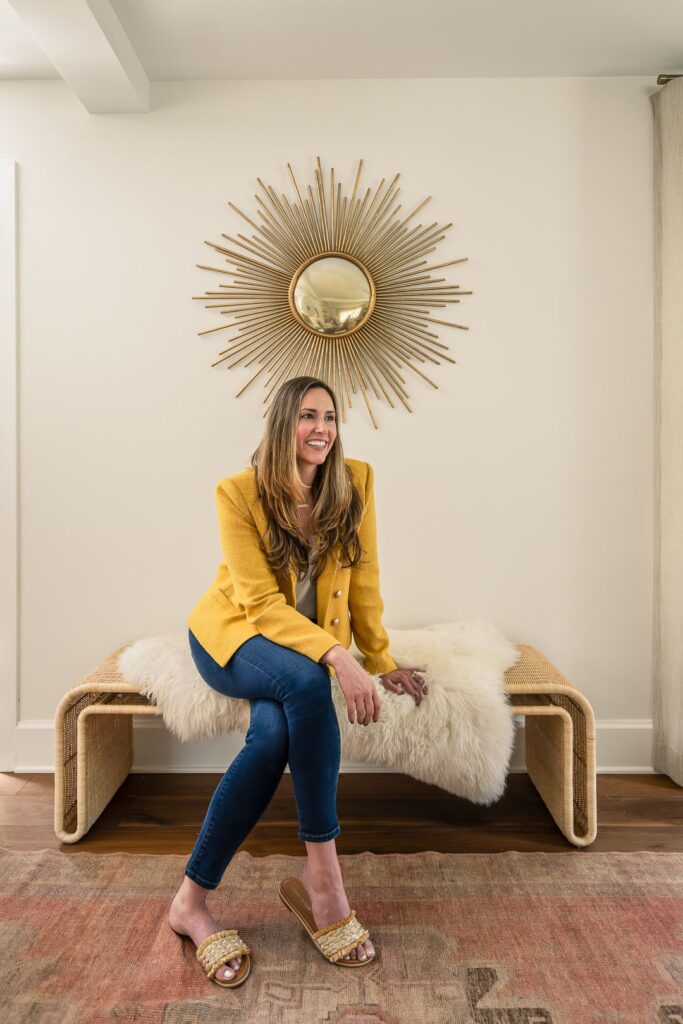
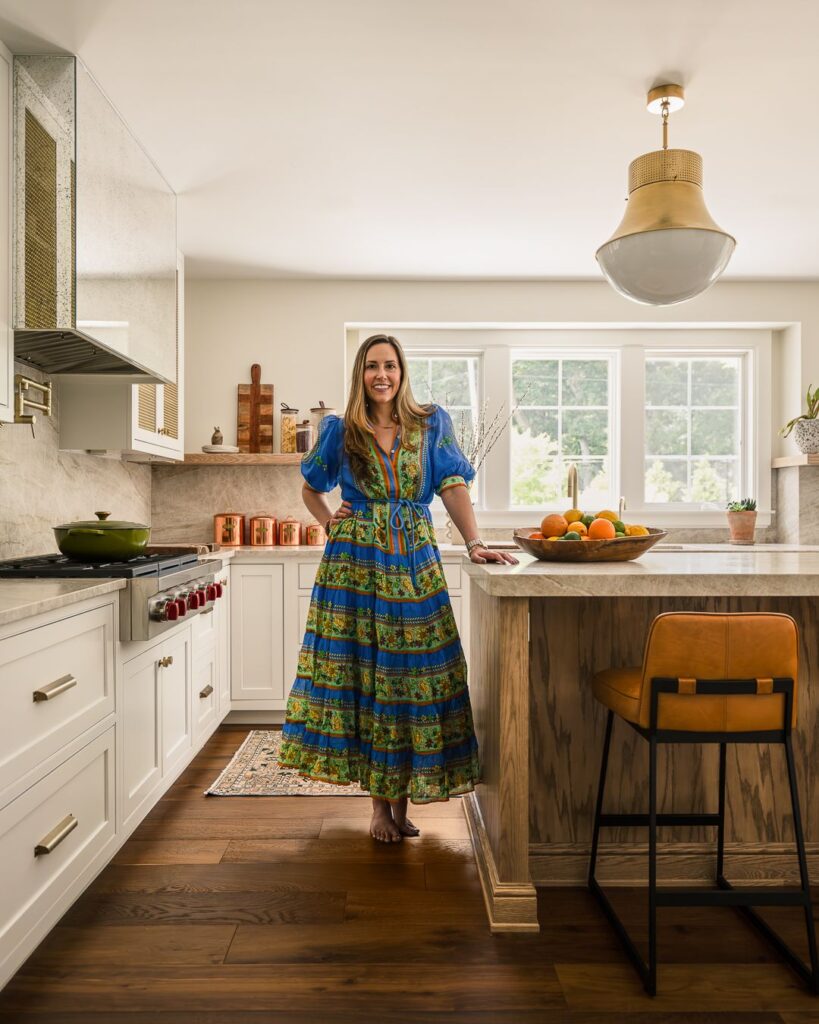
Leave a Reply Cancel reply
Master the Path to Publication
sign up for our masterclass
Discover the proven framework Tori uses to help designers secure features in leading publications. Learn how to present your work, pitch with confidence, and attract editorial attention.
become an expert today
website and branding by courtney lynette
Terms and Conditions
Privacy Policy
Contact
about
Home
Services
Portfolio
blog
Creating visual stories for distinguished architects and designers—from intentional photography to strategic PR support. Serving the NY metropolitan area and beyond.